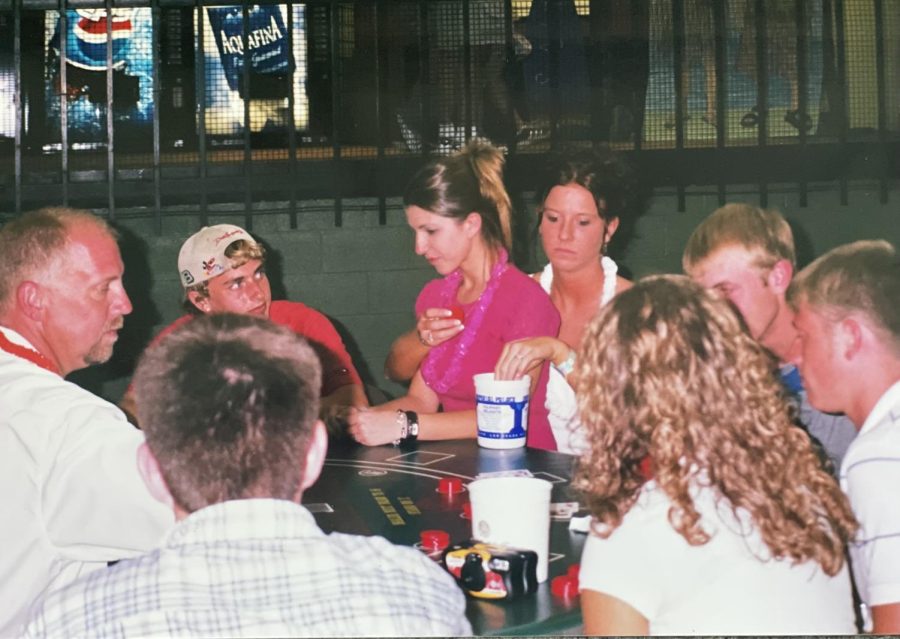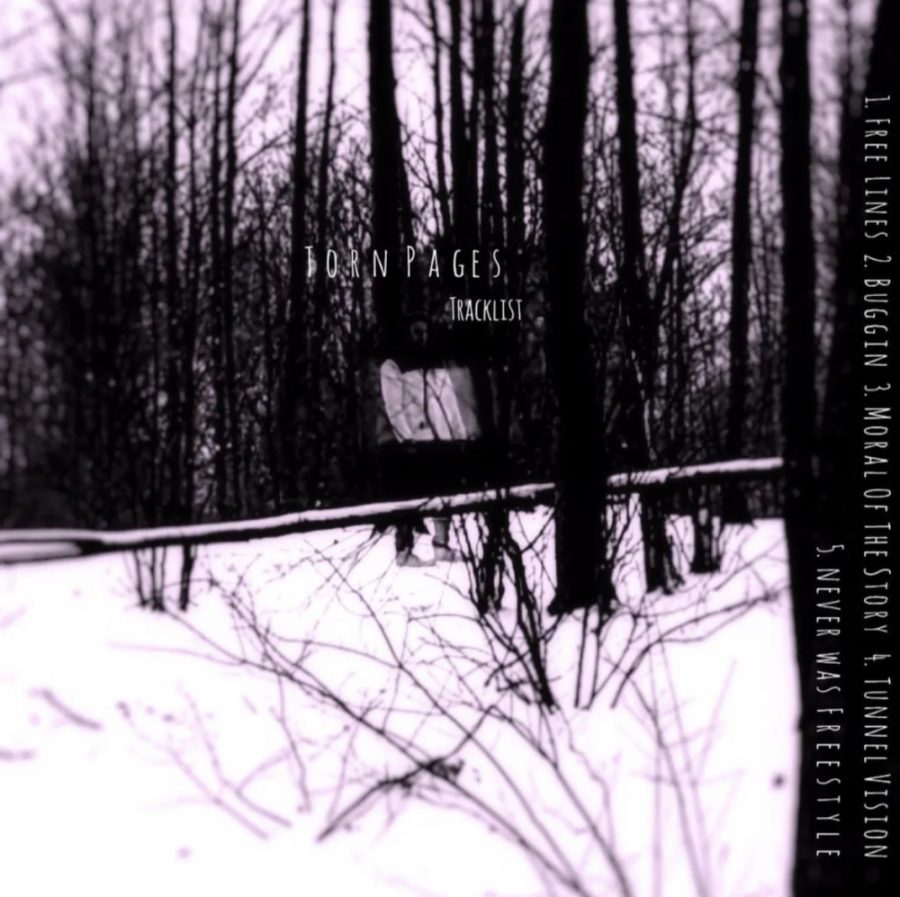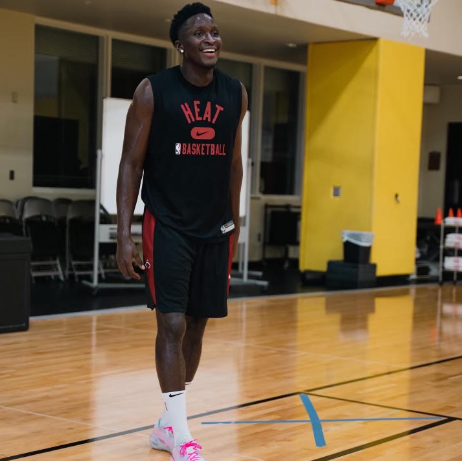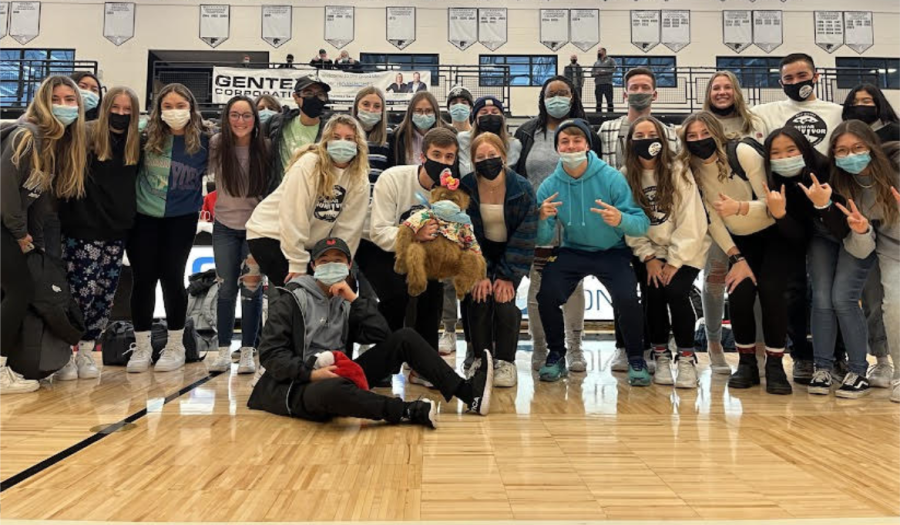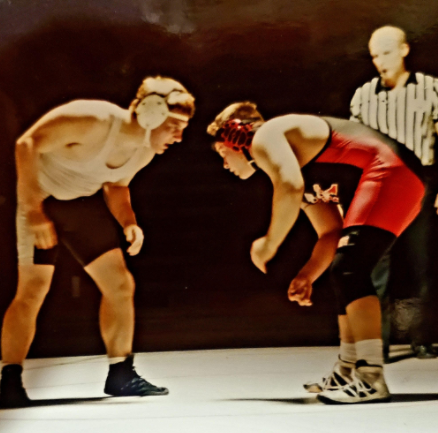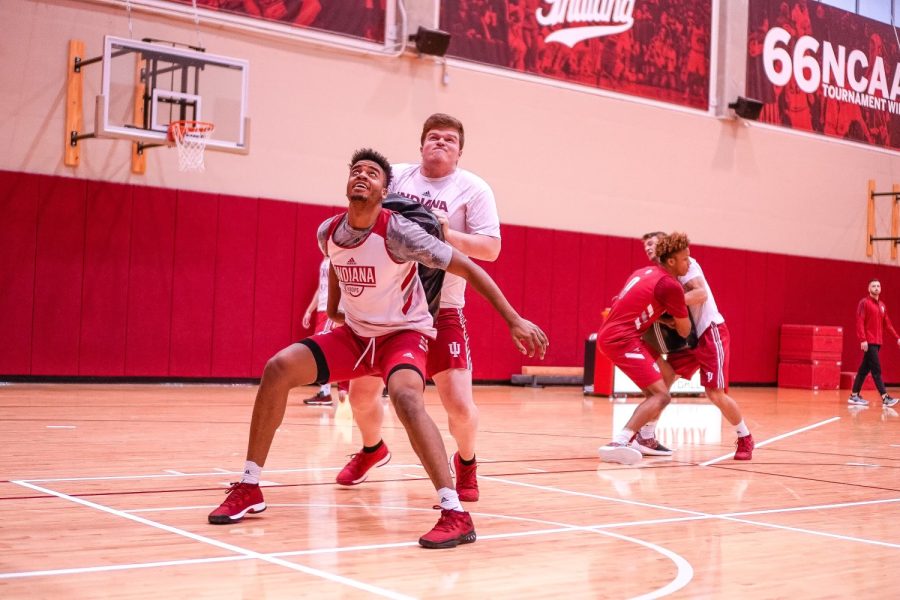The foundation and progress of the 60’s By Ethan Israels
A yellow, scratched, and rusted Caterpillar bulldozer rumbled to life as it rolled off of a trailer parked on 136th Ave. The operator paused and scanned the vast expanse of trees and farmland in front of the silver protruding blade of the dozer. He revved the engine and began pushing mounds of dirt to break ground and begin construction. With a rumble and a roar, the construction of West Ottawa began.
1960’s America brings thoughts of hippies, psychedelic drugs, counterculture, and the Vietnam war. The 60’s also saw tremendous capstones of mankind’s achievement, such as beating the Soviets to the moon. Right in the midst of all of this changing decade is the beginning of West Ottawa Public Schools. The 60’s for West Ottawa can be compared to building a house. It is essential to have a firm foundation so that the rest of the house stands strong well into the future. This is what the first decade was for WO, forming a firm foundation that would thrive for decades to come. To understand the first decade of WO it is essential to understand WO’s humble beginnings.
West Ottawa started out with what would be the first graduating class attending Beechwood School on Ottawa Beach Rd. from 9th grade through 11th grade. Beechwood School had been an elementary school, but had stood vacant before being used by the first ever WO students. “There were 105 in our graduating class and all 105 of us came from different districts. Some from the city of Holland, and some from the North side, some from St. Francis, some from Grand Haven,” said Marlene Rauch DeKoeyer, who was part of the first graduating class. Then, construction on the high school was completed and as seniors DeKoeyer and the other 104 members of the Class of ‘62 made the voyage to attend the brand new Suburban High School. This would be renamed West Ottawa High School several years later, and then the building would be renamed Harbor Lights, as we know it now. With that transition, West Ottawa was officially born.
WO’s student style back then didn’t really have a whole lot in common with the growing counterculture movement at the time in the 60’s. Instead of long hair, headbands, and neon tie-dye, it was a ‘bob’ or ponytail, pleated skirts, and pastel colored sweaters for gals. For guys, it was khaki pants and button down shirts. As for Vietnam defectors and a rebellious student population, not even close. “…So many kids from my class that turned out to be doctors and lawyers and factory workers and different professions. And we had such a nice group of people that made something of themselves,” DeKoeyer said. The events that took place during the year at WO are also uniquely different than what we have today.
Probably a highlight of everyone’s start to the new school year is Homecoming and all of the festivities that go along with it. In 1961, WO enjoyed a ‘Penny Carnival’ in which a king and queen were crowned, similar to Homecoming. The Penny Carnival “…Was our big get together and I was the queen! So… I was the first queen at West Ottawa,” Dekoeyer said. A major difference from WO in the 60’s to now was having a carnival instead of a Homecoming football game to cap off a week of excitement and energy. Another major difference in WO’s student life is the options available for extracurriculars.
It is clear that WO has had a long-standing tradition of offering a multitude of clubs and teams to be a part of. In the first decade, clubs consisted of the Future Nurses Association, Future Teachers Association, Student Council, Future Engineers, and Girls Athletic Association, among others. In the early days of WO, it is interesting to note that the clubs in high school were more geared towards giving the participants some experience in what they wanted to do as a career . Now it seems like clubs at WO are billed as more of a place to hangout and have a good time. Nevertheless, WO students have always had many options to choose from when it comes to extracurriculars and clubs.
Worth remembering is that this first decade of students did not have a model. They didn’t have a rubric for how to lay the foundation to one of the best high schools in Michigan. Dekoyer said “There was never anybody older than us. We were always the oldest in the class as 10th graders, than 11th graders, and then as seniors. We didn’t know any better. At that age you’re naive; you don’t know what to expect. It wasn’t a big deal to us but now to everyone else that’s graduated from West Ottawa since then it’s like; well what was that like?”
The roar of the bulldozer sputtered out for the day and the operator stepped down and surveyed his progress . Countless successful students would walk upon this ground. WO in the 60’s was all about taking that first step, getting the flight off the runway. Without a doubt, this first generation of WO did a phenomenal job paving a path for success into the 1970’s and well into the future for the many decades to come.
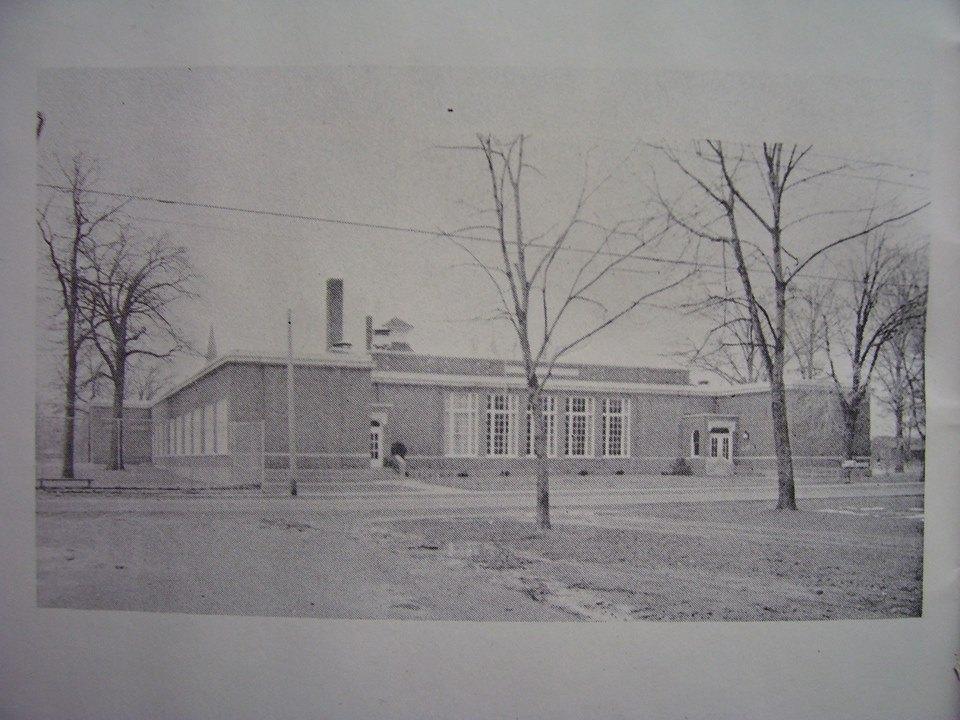
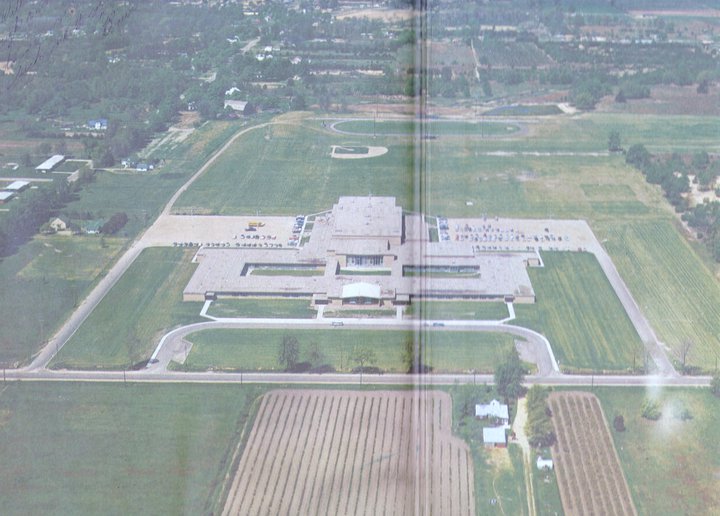
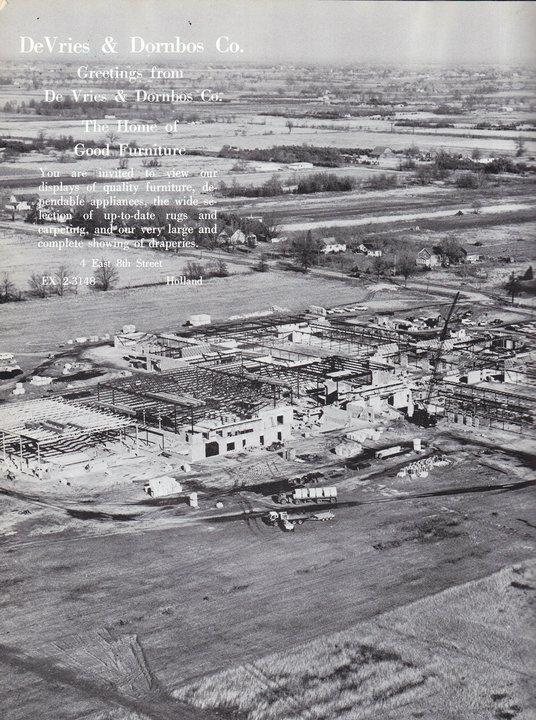
WO in the 70’s By Kayla Lebster
The 1970’s were a hectic time. In some ways, it was a continuation of the 60’s: Native Americans, African-Americans, women, gays and lesbians and other marginalized people continued their fight for equality, and many Americans joined the protest against an ongoing war in Vietnam. Also, it wouldn’t be an exaggeration that a fashion revolution occurred in the 70’s. Polyester was the material of choice and bright colors were everywhere. Throughout this chaotic and exciting decade, West Ottawa High School was continuing to thrive in producing successful young adults using new technology and new beginnings.
Without availability to Google, students in the 1970’s were forced to rely on completely different resources. “Technology! We had filmstrips, mimeographs, and no computers. The school had one teletype terminal connected to a university computer. You wrote your program in BASIC, and it was transferred to punched tape which the terminal could read. We had no calculators. I got my first calculator when I went to college the fall of ’73. It did addition, subtraction, division, multiplication, squares, and square roots. It cost over $100,” WO Alumni Steve Hartman said.
Doing homework after school would have looked a lot different than it does these days. The majority of students now rely on their technology resources in order to complete difficult, school-related tasks. “There were no cell phones, so students had little to no communication with the outside world. The teachers and administration informed you their way, what they wanted you to know,” WO Alumni Gary Huizen said. Without the convenience of cell phones, a school was primarily where most interactions took place. This is severely different than how the current high school generation functions, in fact, it’s almost the opposite. “I can’t even imagine the world without the everyday technology that we use now. I mean, a lot of my socialization comes from me talking to people on my phone after school,” Soph. Alex Coy said.
Along with the cutting edge technological advances of that decade, changes, and new beginnings were making their way to WO. For instance, in the 1970’s, there weren’t many laws in place yet concerning the health aspect of school lunches. Due to that, alumni from that decade can remember enjoying delicious, not-so-healthy lunches. “One of my favorite school lunches was the giant cinnamon roll with chili,” WO Alumni Nancy Tripp Martin remembers.
Another development at West Ottawa that occurred towards the beginning of the 70s decade was dress code changes. Due to the up and coming fashion trends that were becoming wildly popular, school boards found it necessary to update the school rules when it came to clothing. “[W]hen we started 7th grade, the dress code at WO changed and girls could wear pants to school,” WO Alumni Laurie Gemmen said. While this seems like an absurd rule to have to amend, that was the reality of the era. The 1970’s found altered prom rules as well. “The class of ’73 was the first class to get their prom off campus. It was in ‘72 because the juniors were in charge. We held it at Leisure Acres, Earl Welling property, and our theme was ‘Country Roads Take Me Home,’” Martin said. This was an exciting change to WO that continues to affect us today.
Another interesting fact about the school system of West Ottawa and other schools was that many laws in regards to weapons in school were very vague and not a large concern. “Freshman English. We had the assignment to give a demonstration of how to do something. It was basically show and tell. Harry Leuw brought his shotgun and demonstrated how to clean it. He brought it on the bus in the morning, carried it through the halls on his shoulder, kept it in his locker, brought it to class, and took it back home on the bus. No one batted an eye, no one was scared, no one thought he was going to shoot anyone,” Hartman said. People in the 70s didn’t feel any reason why they should be concerned about trusting a high school student with a gun at school. Now, there is a very large collection of laws that deal with guns, and there are still controversies on allowing the owning of guns.
These are just some of the many adjustments and things yet to be adjusted in the 70s. Even though that decade is significantly different from today’s generation, there is still much that high school students today can relate to. So, amidst all the chaos of the 1970s, West Ottawa High School still managed to produce an accomplishing group of students.
Stereotypes of the 80’s at WOHS By Fernando Carranza
When we think of high school in the 1980’s, we think of big hair, Michael Jackson, and John Hughes’ movies. The popular movies of the era like Back to the Future and The Breakfast Club vastly influenced how people view the ‘80s today. Did WO live up to the hype of the ‘80s? Was life like The Breakfast Club?
WO alumni from the ‘80s explain that they did, in fact, dress a lot like the characters from The Breakfast Club. And there were clear, distinct social groups. But unlike The Breakfast Club, students from all of the groups got along great, somewhat like a big family.
There were many stereotypes that were roaming around during the ‘80s. At WOHS, students had many hairstyles that they admired and wore, but there were a few that were most prefered by students. “I feel like the ‘Big hair’ days were during middle school and high school in 1980-1987,” WO alumni Marnie Pierce said. “I can vividly remember many friends with some huge hair in high school.” Not only students would have big hair but also some of the students would have different hairstyles rather than just one “Girls had big hair and some of the guys had mullets,” Anair said. When one looks at the yearbook would usually see the memorable moments, how people would dress during the 80’s. In the yearbook of 1987 some students would have mullets and big hair with big glasses. Some students got fashion inspiration from popular movies like The Breakfast Club. “I remember a lot of kids wore “preppy” clothes,” WO alumni Lisa Anair said. “Girls also wore shoulder pads and huge earrings.” Huge earrings and shoulder pads are exactly the kind of fashion one would find in Pretty in Pink or Heathers, among other popular ‘80s movies. The students also would wear leather jackets with jeans around 1985. On the WOHS yearbooks during the 80’s contains pictures what people wore during the time which could show one if the people that wore clothing that was most often
According to WO alumni, most of the students dressed nearly the same depending on what ‘group’ they were in. Pierce said, “We had different groups in school – different groups that hung out and may have had a similar style and attitude (jocks, theater kids, stoners, etc), but it was not divided strongly.” Contrary to The Breakfast Club, most social groups were not as separate as what was shown. ”I mean that while we hung in different groups, we would still mix at times and everyone got along great. I don’t remember fights or challenges between the groups,” Pierce said. Many students from different backgrounds and friend groups still had similar tastes and interests, proving WO in the ‘80s was like a close-knit family.
Life at West Ottawa High School during the ‘80s looked similar to movies like The Breakfast Club but was imperfectly represented. Most students at WOHS had different groups, but a lot of the students had similar taste in music and movies which brought them together. The ‘80s at WO was a time of fashion and friendship, similar to the movie The Breakfast Club, but different in many ways. Not only does the 80’s had many students who got along together but were also influenced by actors who they admired as today.
WO in the 90’s By Mac Strobel
Neon clothing, ratted hair, and Madonna: all staples of the 80’s that students in the 90’s were trying to escape. New themes of the 90’s, like grunge clothing and alternative rock, were born to elude the old themes of the 80’s. The 90’s was an era of individuality, and West Ottawa alumni saw this through many outlets of their culture.
WO alumni agree that the best way to describe the 90’s is it was an era of grunge.The grunge look was evident in the hallways but even more evident at West Ottawa’s social events. Instructor and WO graduate Shanna Meyer said “there was a dance after every home football and basketball game and at these dances you could really see the grunge that was going on here…It was a fun hang out thing… you would just wear your grunge clothes and go down to the cafeteria.” That grunge look was generally worn-out flannel clothing and with an “I don’t care” appeal to it. Grunge was iconic, and many thought it summed up the 90’s.
Further evidence is found in some of the photos of the 90’s yearbooks. one example being the 1994 senior superlatives. In every picture of the 1994 senior superlatives, every student honored showed off the grunge look through either flannel or comfy denim. Although the grunge look was often displayed, it was not only a style, it was also a music genre lead by the band Nirvana.
Some West Ottawa alumni believed that it was this music genre that shaped their generation. One of the large bands that were a staple of the 90’s was Nirvana. The band displayed the generations individuality through its harsh reality that portrayed a more realistic view of the 90’s youth. Nirvana was such a large part of the school that Instructor Kristine Jernigan could still describe the day Kurt Cobain committed suicide. “Students were crying in the hallway after we found out.” This blow to the generation took away the billboard topping band that really did kick out the past king of the 80’s, Michael Jackson and his Dangerous album.
To understand the 90’s maybe all we have to do is understand Nirvana as they portrayed the generation through their realistic lyrics and songs.
I’m not like them, but I can pretend …
The day is done and I’m havin’ fun
I think I’m dumb
Maybe just happy.
“‘Dumb”-Nirvana.
To check out more of Nirvana’s top hits visit Nirvana but beware, some songs have vulgar lyrics.

